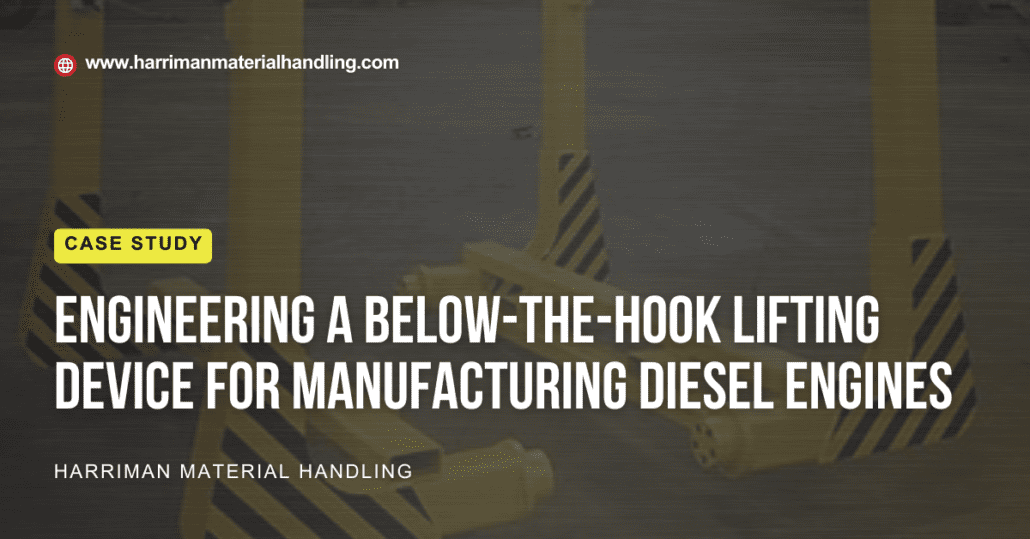4. Upgrade your fall protection equipment
Once you have established a culture of safety and identified the high-risk areas in your facility, it is time to focus on your fall protection equipment. By investing in robust, dependable fall protection systems, you can reduce the risk of injury in facilities with mezzanines and other elevated work platforms.
Not all manufacturers are created equal, so it is important to carefully evaluate equipment providers to ensure that the systems you purchase are both reliable and cost-effective. Harriman offers a host of ergonomic fall protection systems that are ideal for use in warehouses and other industrial settings. Here are a few of the products that can help you optimize fall protection:
Overhead fall arrest system
Gorbel’s Tether Track™ Rigid Rail Fall Arrest System offers workers mobility and flexibility while helping to prevent them from falling to lower levels. Most systems are made to accommodate multiple workers who weigh up to 310 pounds with their tools.
Free Standing systems
Gorbel’s free standing monorail fall protection systems are ideal for facilities with workers who maintain, inspect, and unload flatbed trucks and tankers. You can choose from heights up to 26 feet to provide adequate protection for workers.
Mobile or portable fall protection systems
Mobile or portable systems are ideal for busy warehouse environments where workers are highly mobile. Each system features a body harness, an anchor, and a shock-absorbing fall arrest lanyard or self-retracting lanyard (SRL). Gorbel offers 5 day quick shipping on most of their mobile systems.
 https://www.harrimanmaterialhandling.com/wp-content/uploads/2023/12/GORBEL-SUPER-STRUCTURE.png
628
1200
Harriman Material Handling
/wp-content/uploads/2020/11/Tag-Line-Full-Color-300x155.png
Harriman Material Handling2024-01-15 19:48:322024-11-01 17:32:05Optimizing Production Capacity: A Customized Super Structure with Gorbel Cranes
https://www.harrimanmaterialhandling.com/wp-content/uploads/2023/12/GORBEL-SUPER-STRUCTURE.png
628
1200
Harriman Material Handling
/wp-content/uploads/2020/11/Tag-Line-Full-Color-300x155.png
Harriman Material Handling2024-01-15 19:48:322024-11-01 17:32:05Optimizing Production Capacity: A Customized Super Structure with Gorbel Cranes




